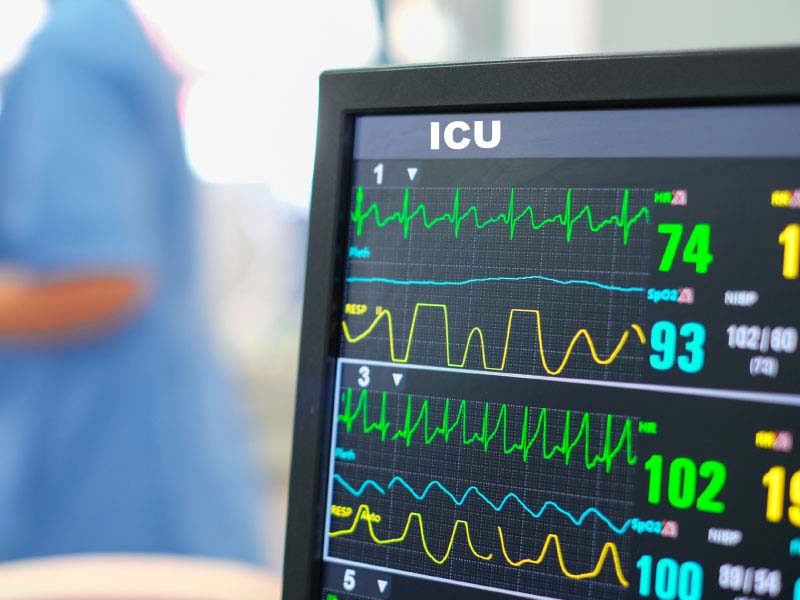ICU teams, daily checklists among strategies for critical heart care
By American Heart Association News

A daily checklist, meticulous hand-cleaning and a multidisciplinary health care team are all ways to cut down on costly – and sometimes deadly – complications in the cardiac intensive care unit, according to a new report.
The American Heart Association scientific statement, published Thursday in the AHA's journal Circulation, lays out the evidence from general medical and surgical ICUs about the care of critically ill heart patients to help improve outcomes.
"Patients admitted to cardiac intensive care often have serious, non-cardiovascular conditions, such as lung, kidney or liver disease, increasing their risk for complications," Dr. Christopher B. Fordyce said in a news release. He is chair of the writing group for the statement, as well as director of the cardiac intensive care unit at Vancouver General Hospital in Canada.
"Cardiac patients require increasingly complex care, and it is important for cardiovascular health care professionals to be experts in treating both cardiovascular and non-cardiovascular conditions, and to understand ways to prevent complications in the CICU," Fordyce said.
Coordinated care for cardiac ICU patients should include a multidisciplinary medical team of professionals across specialties, as well as use of a daily, bedside checklist during patient rounds, the report said.
The checklist includes strategies to improve care and prevent complications related to:
– infections
– pain management
– ventilator complications
– lack of mobility and movement
– gastrointestinal complications and proper nutrition
– medication use and errors
– device use
– inclusion of the right specialists
In addition to hand hygiene, the statement suggested proper cleaning and stringent disinfection of equipment and the environment.
Monitoring and support devices used in the cardiac ICU also are a source of potential infection. These include catheters, mechanical circulatory support and ventilators. The longer devices are used, the higher the infection risk. So, the statement recommends monitoring their length of use, as well as paying special attention to intravenous access sites and catheter placement.
Because more than 25% of cardiac ICU patients need mechanical ventilation, the statement suggests doctors consider noninvasive ventilation through a face or nose mask, sometimes called positive pressure ventilation. It also recommended daily, spontaneous breathing trials to test the patient's ability to breathe with little or no help, allowing doctors to identify who is able to be taken off ventilator support.
As many as one-third of critically ill cardiac patients experience ICU-acquired muscle weakness, which can be reduced with early, progressive mobilization. The report's authors said creating mobilization protocols can help improve physical functioning, decrease time on a ventilator and shorten a hospital stay.
Other potential trouble spots are malnutrition, high blood sugar and stress ulcers, which are associated with increased time in the hospital, readmission, infection and sometimes death. The statement authors said sticking to the checklist can cut down on gastrointestinal and feeding complications, medication errors and adverse drug reactions that can be prevalent in ICU settings. Using the lowest effective dose also can cut down on potential side effects from the high-risk cardiovascular medicines frequently prescribed in the intensive care unit.
The key to preventing complications is to try to anticipate and avoid emergency procedures when possible, Fordyce said. "Rates of infections and other complications are higher in urgent procedures."
If you have questions or comments about this story, please email [email protected].





